2018
Type of resources
Available actions
Topics
INSPIRE themes
Keywords
Contact for the resource
Provided by
Years
Formats
Representation types
Update frequencies
status
Service types
Scale
Resolution
-
Service WMS mis en ligne conjointement par les plateformes PPIGE et GéoPicardie sur le territoire de la Région Hauts-de-France.
-
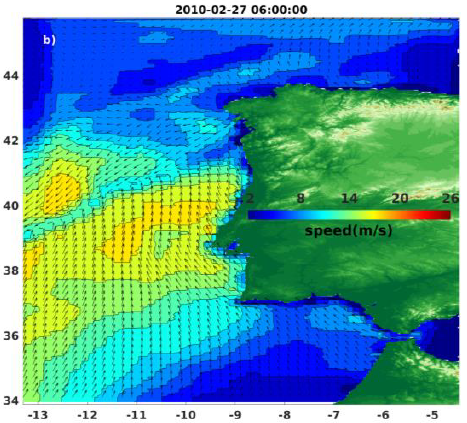
Wind analyses, estimated over the North Atlantic Ocean with a focus on some specific regions, are one the main ARCWIND (http://www.arcwind.eu/) project deliverables. They are estimated from various remotely sensed wind observations in combination with numerical model (WRF), with regular space (0.125deg in latitude and longitude), and time (00h:00, 06h:00, 12h:00, 18h:00 UTC), and based the method described in (Bentamy A., A. Mouche, A. Grouazel, A. Moujane, M. A. Ahmed. (2019): Using sentinel-1A SAR wind retrievals for enhancing scatterometer and radiometer regional wind analyses . International Journal Of Remote Sensing , 40(3), 1120-1147 . https://doi.org/10.1080/01431161.2018.1524174).
-
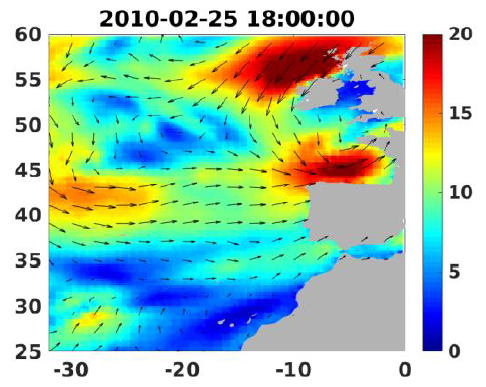
Wind analyses, estimated over the North Atlantic Ocean with a focus on some specific regions, are one the main ARCWIND (http://www.arcwind.eu/) project deliverables. They are estimated from various remotely sensed wind observations in combination with numerical model (WRF), with regular space (0.25deg in latitude and longitude), and time (00h:00, 06h:00, 12h:00, 18h:00 UTC), and based the method described in (Bentamy A., A. Mouche, A. Grouazel, A. Moujane, M. A. Ahmed. (2019): Using sentinel-1A SAR wind retrievals for enhancing scatterometer and radiometer regional wind analyses . International Journal Of Remote Sensing , 40(3), 1120-1147 . https://doi.org/10.1080/01431161.2018.1524174).
-
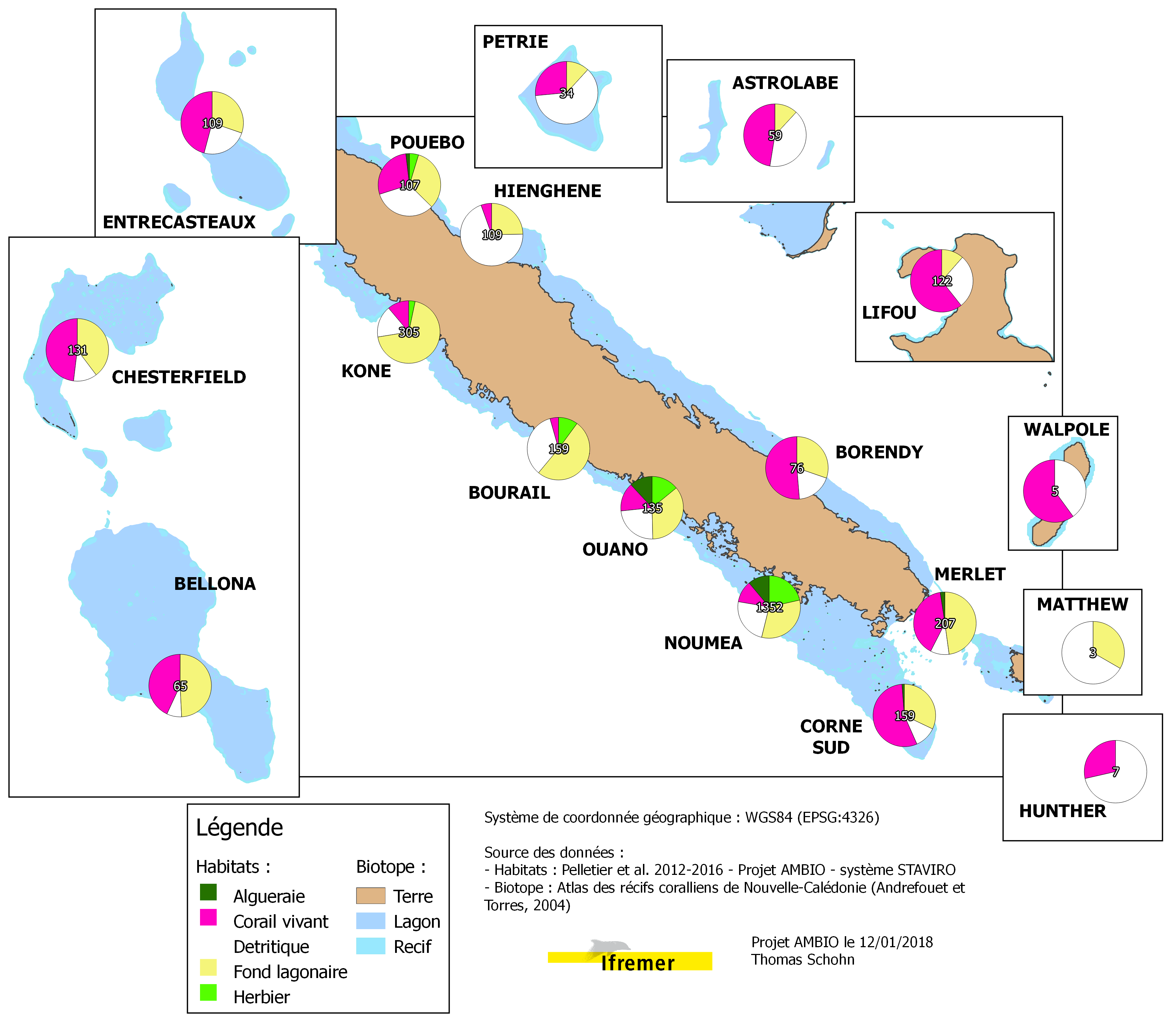
Habitat typology obtained from the statistical analysis of underwater video data collected from the STAVIRO autonomous unbaited video technique (AMBIO project)
-
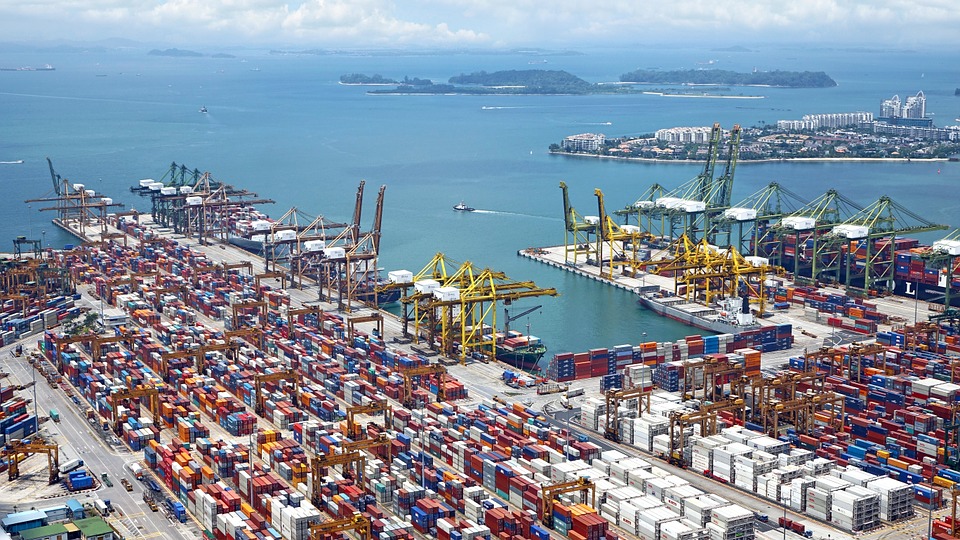
World list of seaports. In its 2021 version, the repository includes 13709 ports for 187 countries. The list of seaports has been drawn up on the basis of the information available in the European reference system of places used in the framework of the Common Fisheries Policy and, more particularly, by the Electronic Recording and Reporting System (ERS), the list of ports identified by the UNECE (2021-1). An assessment of the infrastructures present along the coastline made it possible to identify other ports that were not listed. Each geographical position has been verified with Google Earth in WGS84. Each port is associated with information relating to the country (ISO 3 coding), the UNECE or ERS 5-character coding, the name, the geographical position in WGS84 (latitude and longitude), the status of the port indicating whether it is referenced by Unece (UNECE), by the EU/ERS (ERS) or by both (UNECE/ERS) In case the port is not referenced by UNECE or ERS, the status is N/A. For French ports, the reference system integrates the ports of the French overseas departments and territories with the national codification. Inland ports have also been integrated in 2021.
-
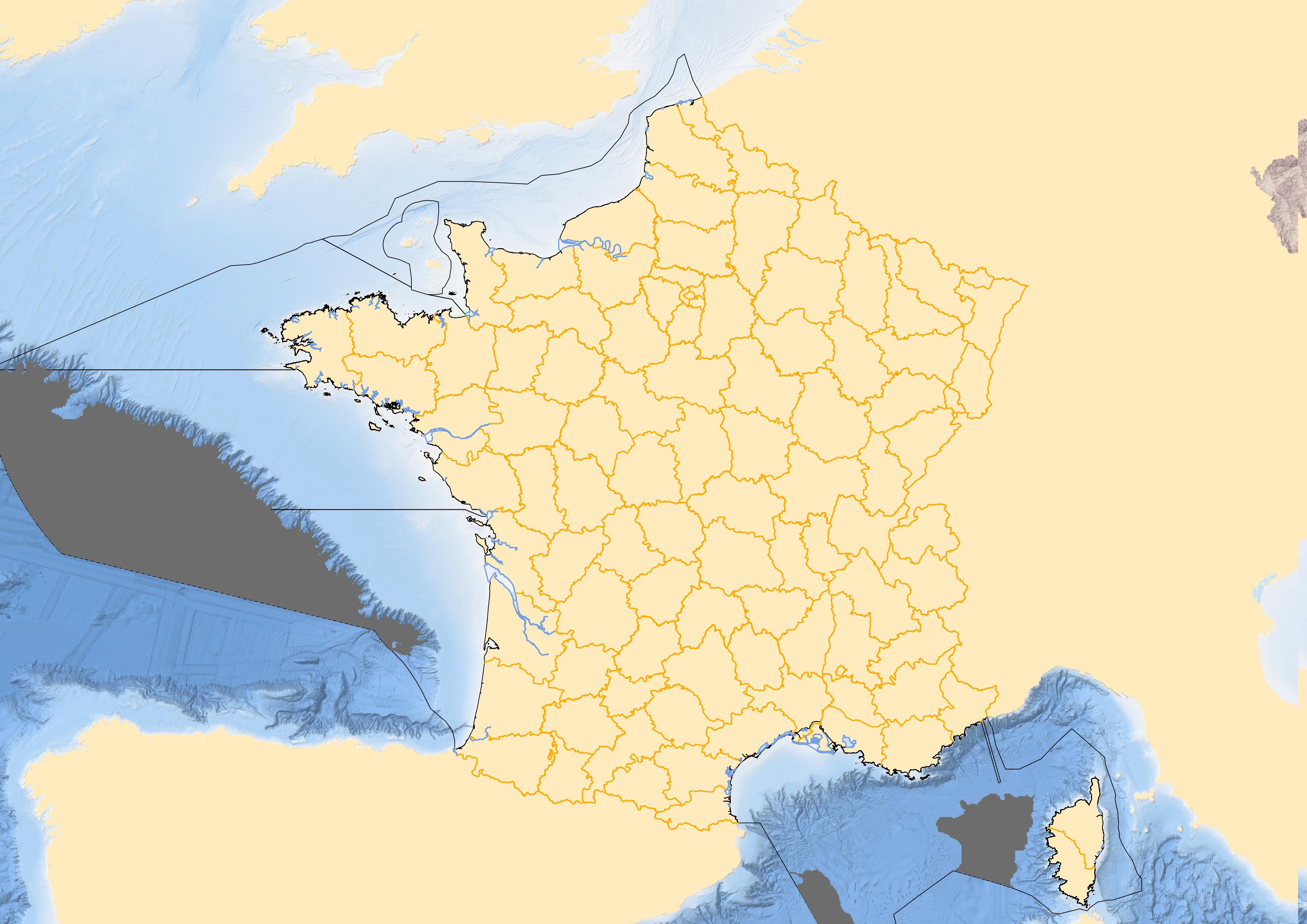
Le risque que l’étendue spatiale d’un habitat benthique soit modifié par une condition hydrographique constitue l’un des critères de définition de l’impact d’une modification permanente des conditions hydrographiques sur les écosystèmes marins dans le cadre de la DCSMM (D7C2). Le bon état écologique de ce descripteur est atteint lorsqu'une modification permanente des conditions hydrographiques ne nuit pas aux écosystèmes marins. L’évaluation du critère s’appuie sur 22 grands types d’habitats benthiques. Elle a été réalisée sur 15 unités marines de rapportage issues du découpage des 4 sous-régions marines Manche-Mer du Nord, Mers Celtiques, Golfe de Gascogne et Méditerranée Occidentale, suivant le zonage DCE et la profondeur bathymétrique à la limite des 200m. L’unité de mesure est l’étendue de chaque type d’habitat subissant des effets néfastes, en kilomètres carrés ou en proportion de l’étendue naturelle totale de l’habitat dans la zone d’évaluation. Les données sont présentées sous la forme de fichiers de type tif. Conformément à l'avis donné dans la guidance 14, aucun jugement sur le statut "Bon état écologique" n'est requis.
-
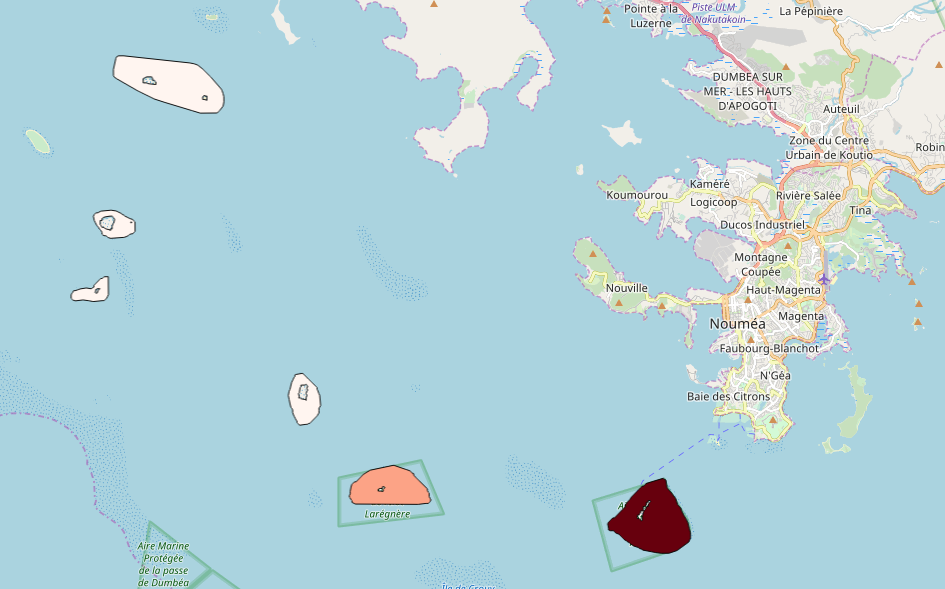
Ces résultats sont issus de l'extrapolation statistique de données récoltées lors de comptages effectués lors d'enquêtes sur les îlots en 2015, en nombre de groupe de personne par secteur du Référentiel spatial cumulé à l'année.
-

Les anomalies mensuelles de température de surface (°C) présentées correspondent à la différence entre la moyenne mensuelle et la moyenne des températures relevées pour le même mois de 2003 à 2017. Elles ont été calculées à partir du produit satellitaire MUR SST (Multi-scale Ultra-high Resolution Sea Surface Temperature) mesurant la température de surface des eaux à l'échelle du globe à une résolution égale à 0,01° (environ 1 km) et mises à disposition par la NASA (mur.jpl.nasa.gov). Les données téléchargées sont au format journalier avant d'être moyennées mensuellement.
-
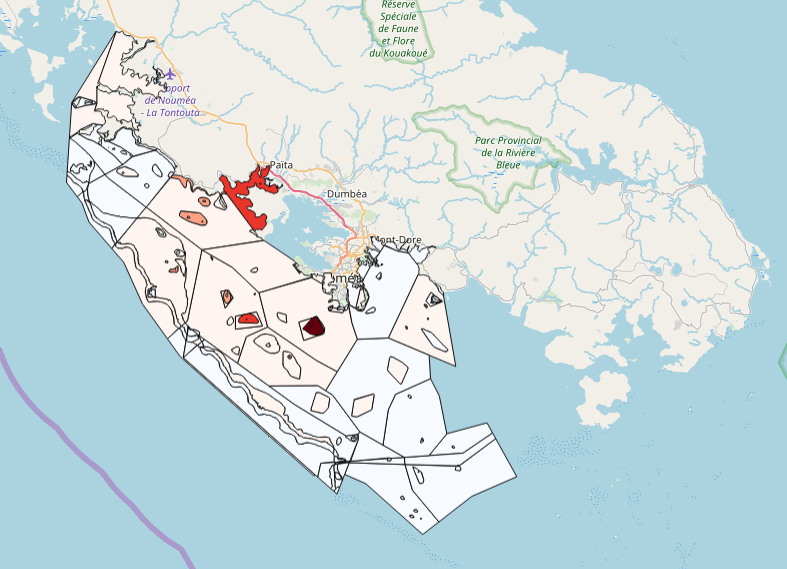
Ces résultats sont issus de l'extrapolation statistique de données récoltées lors de comptages effectués par des survols aériens en hélicoptère en 2013, en nombre de bateau ancrés par secteur du Référentiel spatial cumulé à l'année.
-
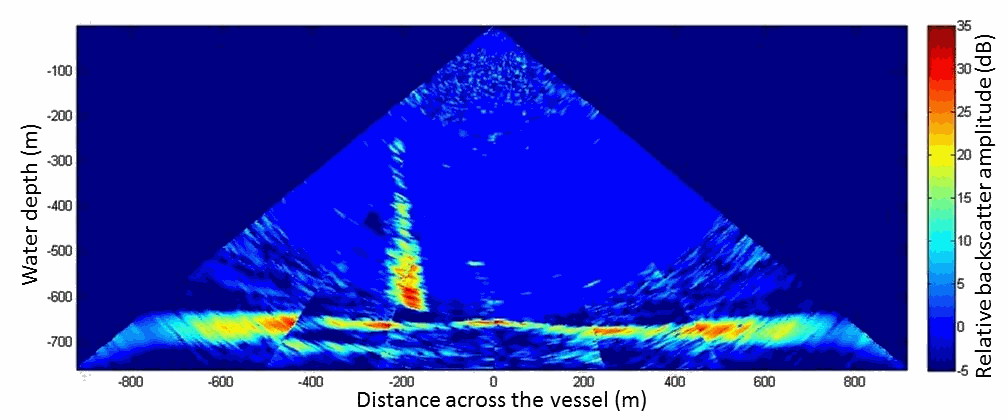
Acoustic water column data acquired in 2009 during the MARMESONET marine expedition led to establish an accurate spatial distribution of gas emissions on the scale of the Sea of Marmara. The present database is composed of a surface shape file (.shp) dedicated to GIS applications. This seafloor surface represents the insonified area within which gas emissions occurred for more than 1 month of survey, from 4 November 2009 to 14 December 2009; as displayed in Figure 4 of Dupré et al. 2015 (Dupré S, Scalabrin C, Grall C, Augustin AH, Henry P, Sengör AMC, Görür N, Çagatay N, Géli L (2015) Tectonic and sedimentary controls for widespread gas emissions in the Sea of Marmara. Results from systematic, shipborne multibeam echosounder water column imageries. Journal of Geophysical Research 120 (5):2891-2912. doi:10.1002/2014JB011617). This publication investigated and discussed the relationship between fluid emissions at the seafloor with the fault network (active and inactive faults) and the sedimentary environment (nature, thickness and related-processes).
 Mon GéoSource
Mon GéoSource